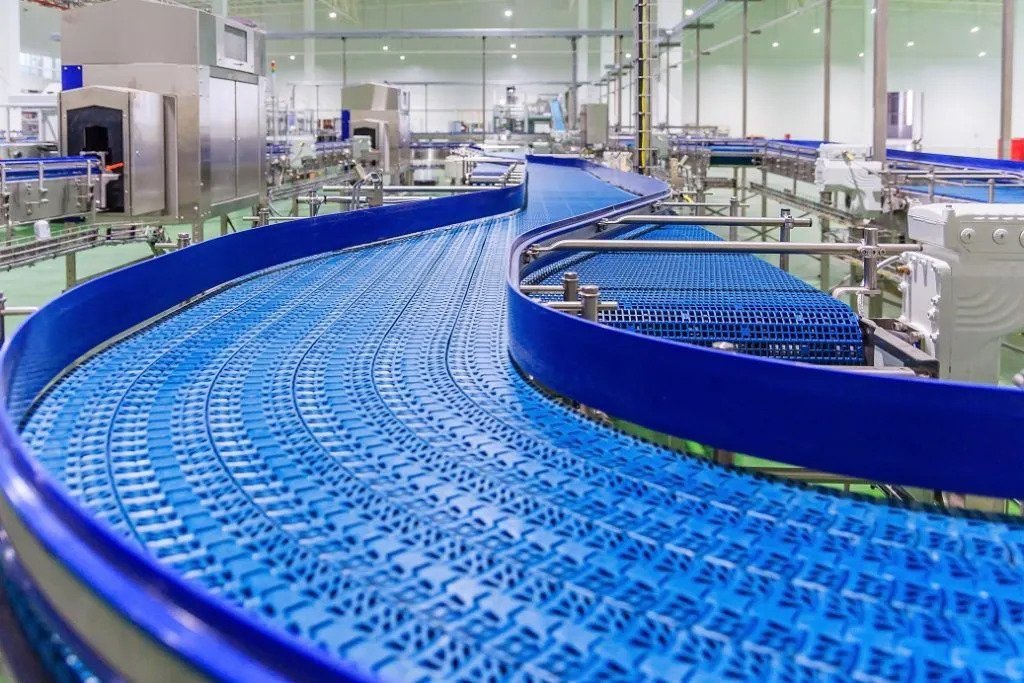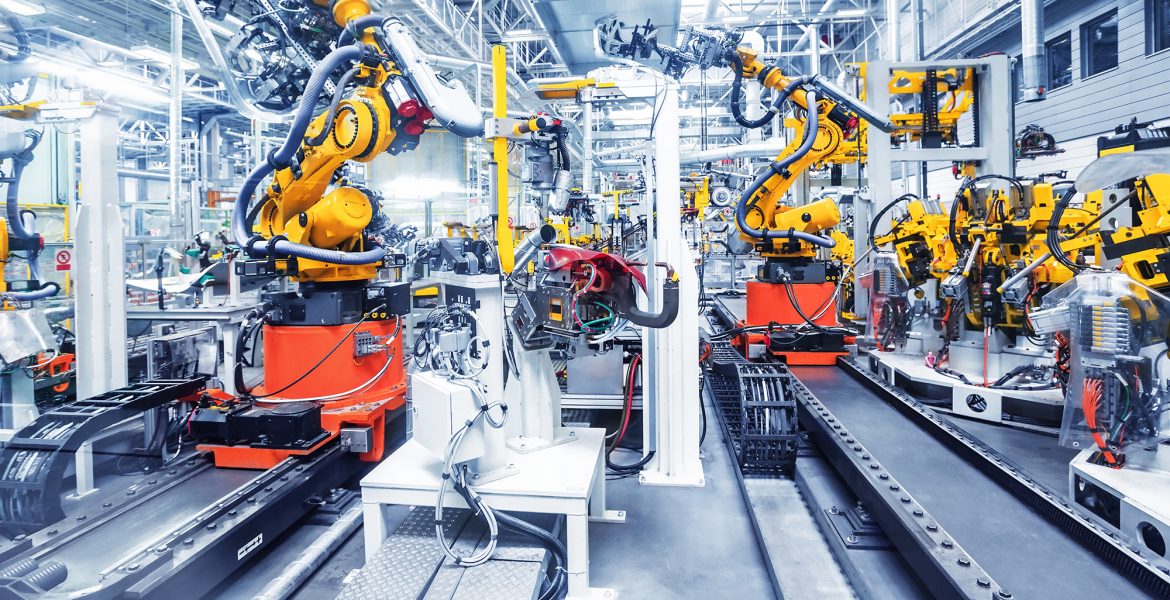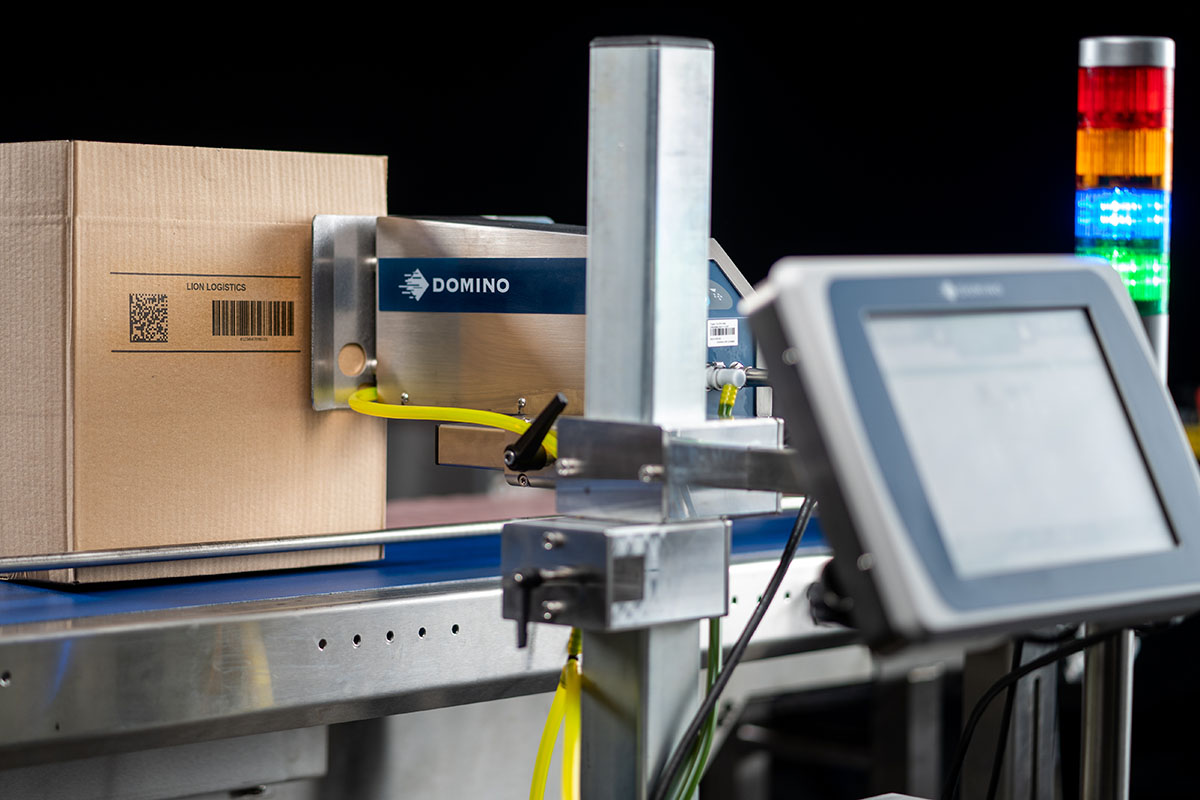The Solution to Labour Shortages
COVID-19 has been hugely disruptive to global business operations over the last 18 months. The lockdowns of 2020 forced many organisations to abandon traditional processes and embrace new technologies in order to remain operational. The good news for manufacturers, is that many of the same technologies which lent a hand during the early stages of COVID-19 can also help with the current issue of supply chain disruption. In addition, these technologies are now more cost-effective and accessible than ever before allowing more industries to unlock greater operational efficiency, embrace fluctuations in production demand, and mitigate supply chain risks.

The challenge
Today’s news headlines are dominated by widespread worker shortages, in everything from agricultural roles to production environments, transport, and logistics. This causes supply chain disruption across all industries.
These worker shortages are in part due to continued self-isolation and sickness, as well as reduced capability to travel across borders leading to demand for local worker reskilling. In addition, many industries have experienced higher staff turnover rates over the last 18 months, as the disruption caused by the pandemic has led to workers rethinking career choices – leaving gaps in employment, as well as knowledge and experience.
We also are facing a global shortage of shipping containers, inflated shipping and energy costs, and significant fluctuations in demand across industries – all of which combine to drive demand for local products and increase pressure on local supply chains. Equally, on a global level, we are seeing increased demand for microchips (for automotive, home appliances, consoles, and mobile phones), furniture, and high-end luxury goods.
In many industries, fluctuations in demand, including seasonal demand (e.g. toy production in the ramp up to Christmas, and ice cream production for summer months), have traditionally been addressed using short-term, largely unskilled workers to dynamically increase and decrease production. But today, these workers are not necessarily available. So, what is the solution?

Embrace automation
The last 18 months have demonstrated the real value of Industry 4.0, with businesses embracing automation to help mitigate the early disruption caused by COVID-19.
Automation can also lend a hand in helping manufacturers managing the most recent supply chain disruptions, by helping to flex production up and down while reducing the reliance on short-term labour. By utilising Industry 4.0 processes, and automating systems to work with limited operator intervention, manufacturers can take care of routine, manual tasks and reduce the number of workers needed on the plant floor.
Printers can be networked together to streamline product changeovers and allow for more production runs in a single shift, increasing productivity and allowing for greater adaptability to varying demand, while new vision inspection systems can ensure all product codes are correct, without relying on manual – and error-prone checks. Integrating plant machinery and utilising the cloud can also provide options for remote visibility and operation allowing managers to work away from the line and yet stay on top of all production activity.
Finally, social distancing’s continued impact on the ability for workers to interact on the production floor means that connectivity can be a powerful tool for manufacturers to keep production moving, ensure the continued safety of their staff, and minimise the amount of time existing staff need to spend training temporary workers.

Continuous improvement
Talk of automated solutions, and Industry 4.0 inevitably brings about questions of worker replacement – but if we look beyond the current crisis these systems have a very real role to play in the day-to-day running of factories, alongside production staff.
In the current climate, automated systems will help manufacturers cope with volatile demand and worker shortages. At times when demand is ‘normal’, factory workers will have more time to invest in adding value in other areas of the business. This could be in looking for systems and processes which can be improved or upskilling in certain areas of work.
In this way, embracing automation can allow companies to embrace a culture of continuous improvement – the Kaizen philosophy.
Using the data now available through connected, cloud-based systems also allows for the easy identification of areas where bottlenecks arise. Introducing automated solutions to identify these issues can help to streamline processes, very quickly unlocking additional benefits from automation. The key is to start small – implement these processes on a micro-level and the improvements will help to justify introducing additional automation farther down the line.

Conclusion
In the run-up to the COVID-19 pandemic, the idea of Industry 4.0 was gaining traction as a system of ideas and processes which manufacturers could utilise to remain competitive and make the most out of their manufacturing operations. With coding automation, automated code inspection and better visibility of data, manufacturers can overcome issues of worker shortage and volatile demand associated with the pandemic and can also place themselves in good stead to handle current and future supply chain disruptions.
Contact us if you need advice on how to automate your production line printing processes.